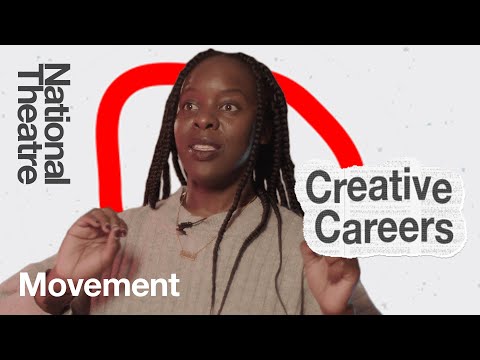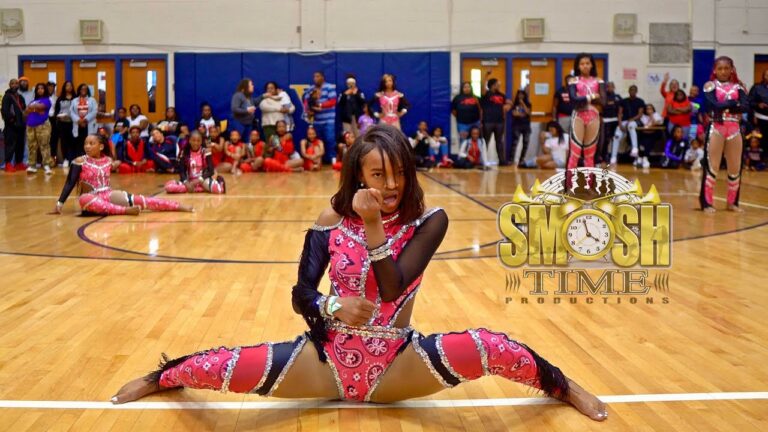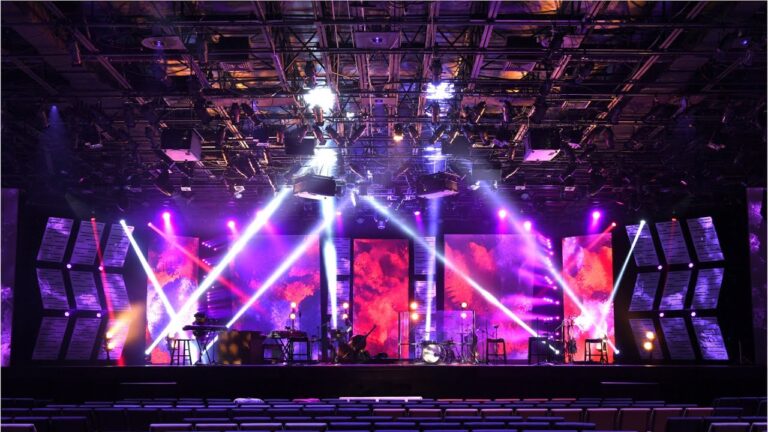Discover the Art of Movement: Job Description and Salary for a Movement Director!

Movement Director Job Description Template
Movement Director Job Description A movement director is a creative professional who works closely with directors and actors to develop and enhance the physicality and movement aspects of a production. They play a crucial role in bringing a script to life by using their expertise in body language, dance, and physical theater. One of the key responsibilities of a movement director is to collaborate with the director and design team to create a cohesive vision for the production. They analyze the script, characters, and themes to develop movement sequences that effectively convey the desired emotions and messages. This involves conducting research, attending rehearsals, and providing feedback and guidance to the actors. Another important aspect of the job is to train and coach actors in various movement techniques. The movement director helps actors develop physicality, posture, gestures, and spatial awareness that align with their characters. They may also teach specific dance or fight choreography, ensuring that movements are safe, visually appealing, and consistent with the overall artistic vision. In addition, movement directors may be involved in the casting process to assess actors’ physical abilities and suitability for particular roles. They may also collaborate with other creative professionals, such as choreographers or fight directors, to create intricate and dynamic movement sequences. Attention to detail and creativity are two crucial qualities for a successful movement director. They must have a keen eye for subtleties in movement and be able to communicate their ideas effectively to actors and the production team. Additionally, a movement director should possess strong organizational skills, as they often manage multiple aspects of movement design and coordination. In summary, a movement director is a vital member of a production team, responsible for creating and enhancing the physicality and movement aspects of a performance. Their expertise in body language and movement techniques contributes to the overall artistic vision and helps bring a script to life on stage or screen.Movement Director Responsibilities
Movement Director Requirements
How Much Does A Movement Director Make?
Movement Director Salary
| Country | Average Salary |
|---|---|
| United States | $60,000 – $100,000 |
| United Kingdom | £40,000 – £70,000 |
| Canada | $50,000 – $80,000 |
| Australia | AUD 70,000 – AUD 100,000 |
A Movement Director is a specialized role in the performing arts industry. They work closely with directors, choreographers, and actors to create and enhance the movement and physicality of a production. Movement Directors are responsible for choreographing and blocking movement sequences, coaching actors on physical expression, and ensuring the overall aesthetic and storytelling through movement. The salary of a Movement Director varies depending on factors such as experience, location, and the scale of the production. In the United States, the average salary ranges from $60,000 to $100,000 per year. In the United Kingdom, the average salary ranges from £40,000 to £70,000. In Canada, the average salary ranges from $50,000 to $80,000. In Australia, the average salary ranges from AUD 70,000 to AUD 100,000. It’s important to note that these figures are approximate and can vary significantly based on individual negotiations, the specific production or project, and the demand for Movement Directors in each region. Additionally, freelance Movement Directors may have different salary structures compared to those working in established theater companies or institutions.
Movement Director Salaries by Country
Top Paying Countries for Movement Director
| Country | Average Annual Salary (USD) |
|---|---|
| United States | 80,000 |
| United Kingdom | 70,000 |
| Canada | 60,000 |
| Australia | 55,000 |
| Germany | 50,000 |
Movement directors play a crucial role in the performing arts industry, working closely with actors and dancers to enhance their physicality and movement on stage or screen. The salaries of movement directors vary across different countries. According to available data, the United States offers the highest average annual salary for movement directors, followed by the United Kingdom, Canada, Australia, and Germany. These countries provide attractive opportunities for movement directors to pursue their careers and earn competitive salaries. It’s important to note that salaries may vary based on factors such as experience, project budgets, and demand for movement directors within each country’s entertainment industry.
A video on the topic Movement Director
Video Source : National TheatreInterview Questions for Movement Director
1. What is the role of a Movement Director in a production?
A Movement Director is responsible for creating and coordinating movement sequences and choreography in a theatrical production. They work closely with the director and actors to enhance the physicality and expression of the characters and the overall storytelling.
2. What is your approach to collaborating with directors and actors?
When collaborating with directors and actors, I believe in open communication and a collaborative approach. I like to understand their vision and the characters’ intentions, and then work together to develop movement that supports and enhances the storytelling. I value feedback and input from all team members to create a unified and cohesive production.
3. How do you incorporate movement into a production’s overall concept?
I approach the incorporation of movement by analyzing the script, characters, and the overall concept of the production. I look for opportunities to use movement to convey emotions, relationships, and themes. Whether it’s through dance, physical gestures, or ensemble movement, I aim to create a seamless integration that supports the director’s vision and enhances the audience’s experience.
4. How do you work with actors who may not have a background in dance or movement?
Working with actors who may not have a background in dance or movement requires patience, understanding, and a tailored approach. I start by assessing their comfort level and physical abilities, and then gradually introduce movement exercises and techniques that suit their skills. I provide clear instructions and guidance, breaking down movements into smaller steps if needed, to ensure everyone feels confident and capable in their physical expression.
5. Can you share an example of a challenging production and how you approached it as a Movement Director?
One challenging production I worked on was a Shakespearean play that required a complex fight sequence. As a Movement Director, I collaborated closely with the Fight Choreographer to ensure the fight scenes were safe, believable, and aligned with the overall concept of the production. We conducted thorough rehearsals, provided detailed instructions, and prioritized the actors’ safety at all times while maintaining the intensity and excitement of the fight sequences.
6. How do you ensure that the movement you create is in harmony with the overall tone and style of the production?
To ensure harmony between the movement and the overall tone and style of the production, I closely study the director’s vision, the script, and the atmosphere created by the design elements. I also observe the actors’ performances and their physicality to develop movement that complements their individual styles and the overall aesthetic. Regular communication with the director and design team is key to maintaining consistency and cohesion throughout the production.
7. How do you approach creating movement for ensemble scenes?
When creating movement for ensemble scenes, I focus on unity, dynamics, and storytelling. I start by establishing a strong foundation of synchronized movements, ensuring that every performer is in sync and working together as a cohesive unit. From there, I layer in variations, levels, and spatial relationships to create visually interesting and dynamic ensemble scenes that enhance the narrative and evoke specific emotions.
8. How do you handle feedback and adjustments during the rehearsal process?
I welcome feedback and adjustments during the rehearsal process as they play a crucial role in the development of the movement. I actively listen to the director, actors, and other creative team members, and take their input into consideration. I am open to making adjustments based on their feedback and strive to create an environment where everyone feels comfortable expressing their ideas and concerns. Ultimately, my goal is to create movement that serves the production in the best possible way.
9. What do you consider when designing movement for a specific character?
When designing movement for a specific character, I consider their personality, background, objectives, and relationships within the story. I analyze their physicality, their emotional journey, and any specific traits or quirks mentioned in the script. By understanding the character’s essence, I can create movement that is unique to them, reflects their inner world, and helps to tell their story in a physical and expressive way.
10. How do you continue to develop your skills as a Movement Director?
I believe in continuous learning and development as a Movement Director. I attend workshops, trainings, and conferences to stay updated on current practices and techniques. I also collaborate with other artists and practitioners in the field to exchange ideas and explore new approaches. Additionally, I regularly watch performances and analyze different styles of movement to expand my knowledge and understanding of the art form.






